This is no longer a temporary trend but is gradually forming a trend, further enlivening the picture of potential community tourism .
The appeal of this model lies not only in its novelty or uniqueness, but also in the authenticity and closeness brought by the people who implement it. In ethnic minority areas, besides the wild beauty of the mountains and forests, the richness of ethnic culture is an invaluable material for tourism exploitation.
With the advantage of being indigenous people, born and raised in the mountains, many young people understand every house, every mountain, every story of their homeland. They are the "indigenous guides", helping tourists immerse themselves in the amazing natural landscape and step into cultural regions through simple things such as: the smell of kitchen smoke, the taste of sticky rice, the sound of the flute calling friends or the folk song echoing in the old forest. Traveling at this time is not only a journey of sightseeing and discovery , but also becomes a meeting between the storyteller and the listener.

How young people do tourism
Flexibility, creativity and high personalization are the outstanding strengths of this model. Tourism products such as trekking tours through the forest, telling folk stories, cooking traditional dishes, farming with local people... are built not on the beaten path but with a high level of exploration, creating a unique feature that cannot be copied. At the same time, this model creates local livelihoods, helps retain young workers, and revives poor villages that have been poor for hundreds of years.
However, this approach also faces many difficulties. Most young spontaneous tourism workers have little formal training, leading to gaps in rescue skills, forest protection, fire prevention and fighting; lack of insurance and clear service contracts pose risks to tourists. Furthermore, most of these activities do not have close links with local authorities, making support work in case of incidents passive.
But it would be one-sided to view these as shortcomings that need to be tightened. The problem is how to accompany, guide and create conditions for this model to develop. It is impossible to ask young people to do tourism systematically if they do not have access to training courses.
They cannot be expected to comply fully without legal advice, technical support and professional supervision. The policy and regulatory system must play a supporting role: providing free training in tourism skills, digital media, first aid and disaster prevention; supporting local start-up models; connecting young people with businesses and the professional tourism industry.
When young people in the highlands do tourism, they not only create products but also contribute to enriching remote lands. They tell the story of their homeland in the language of their emotions and life experiences. This is a clear manifestation of a tourism industry that is shifting in quality: not dependent on large infrastructure or massive investment, but originating from people, community and identity.
To make this journey not lonely, it requires participation from many sides: the government with a clear legal corridor, the tourism industry with the role of connecting and inspecting quality, businesses with a companionship mechanism and technical support. Above all, the young people - with passion, creativity and love for their homeland will be the pioneering force, paving the way for a sustainable Vietnamese tourism strategy from the roots, vibrant from the community, and authentic from the "native guides".
Source: https://nhandan.vn/nguoi-tre-vung-cao-lam-du-lich-post884924.html






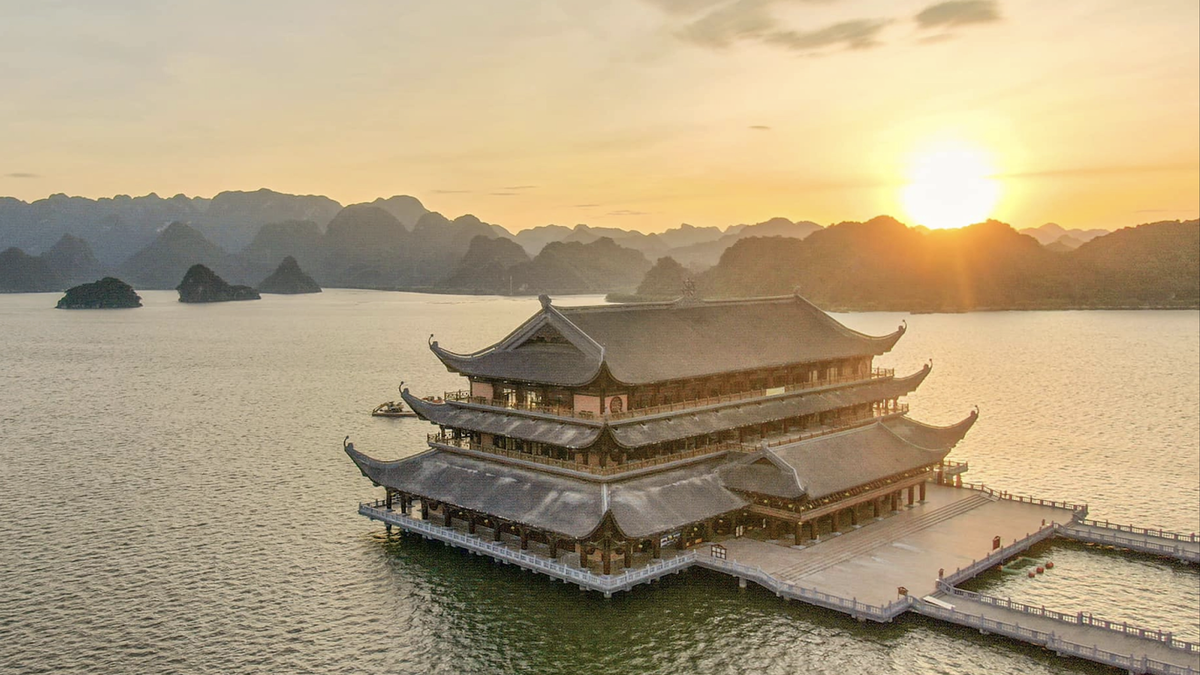

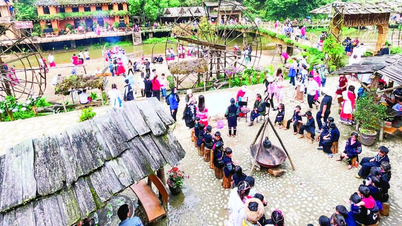
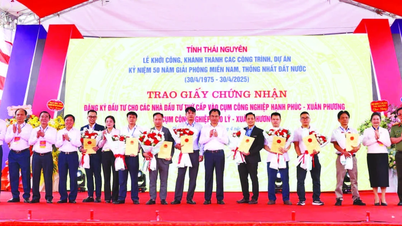
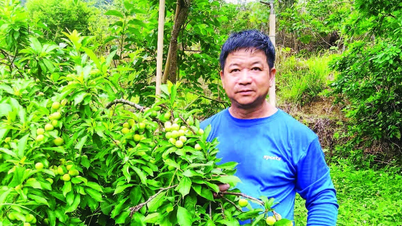

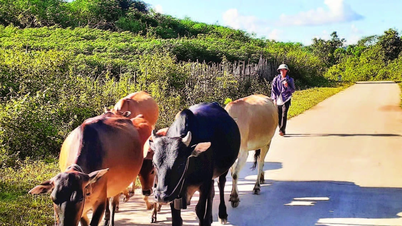
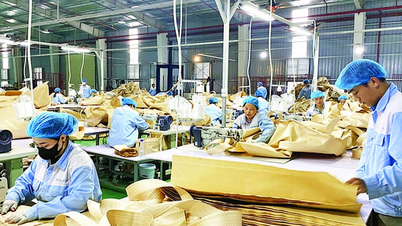





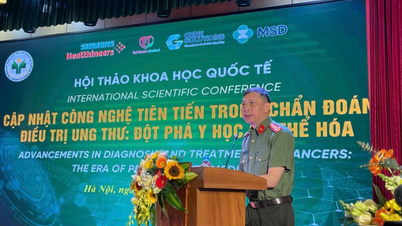


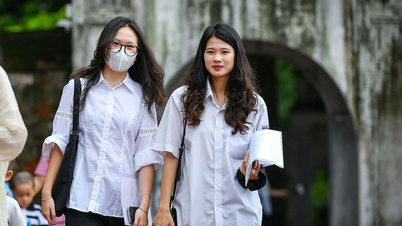
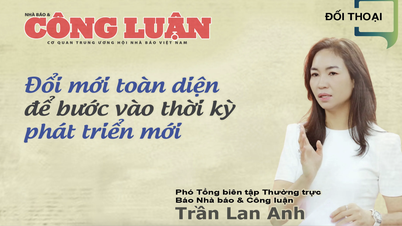
![[Photo] President Luong Cuong works with Hung Yen and Thai Binh Provincial Party Committees on implementing Resolution of the 11th Central Conference, 13th tenure](https://vphoto.vietnam.vn/thumb/1200x675/vietnam/resource/IMAGE/2025/6/6/127b735d2761484d81dcee0d7725a25b)
![[Photo] General Secretary To Lam receives Korean Ambassador to Vietnam](https://vphoto.vietnam.vn/thumb/1200x675/vietnam/resource/IMAGE/2025/6/6/a0765b7543784cbcbfe4755b67d43ab4)




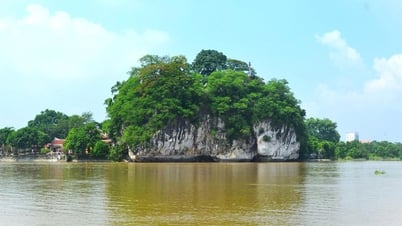

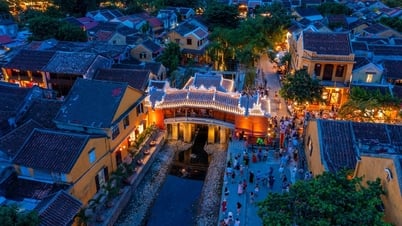






















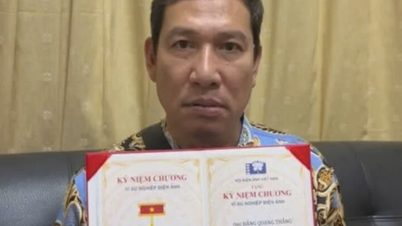

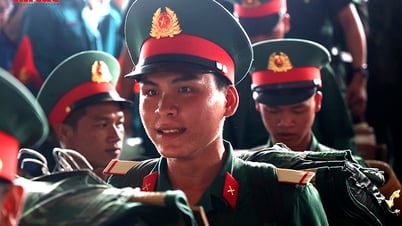





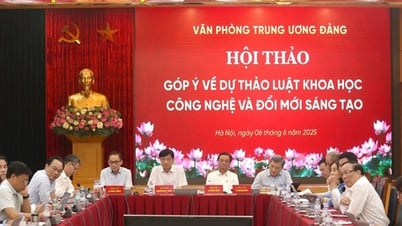

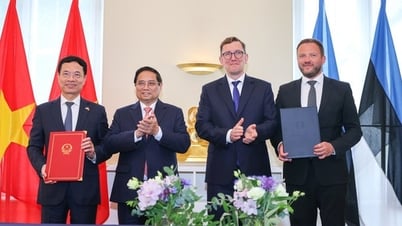
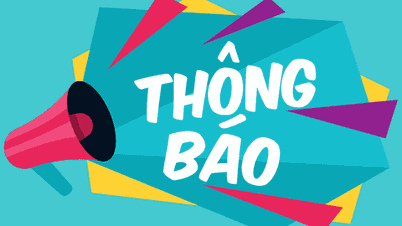

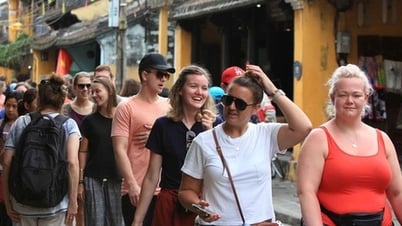


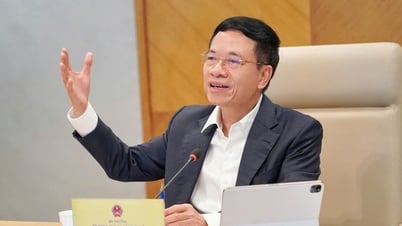
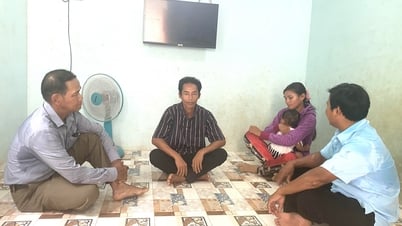



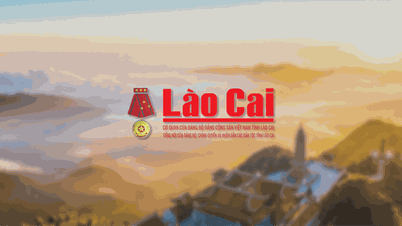
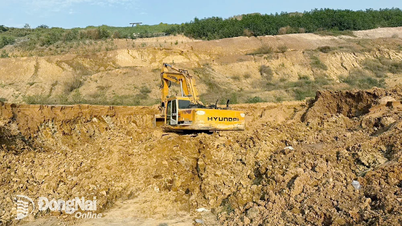

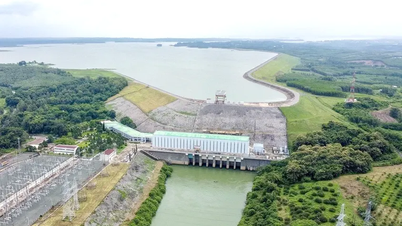
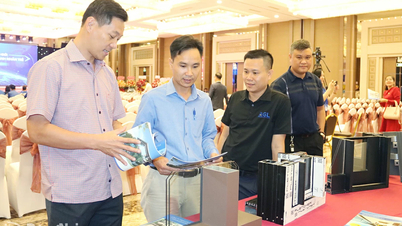




![[OCOP REVIEW] Tu Duyen Syrup - The essence of herbs from the mountains and forests of Nhu Thanh](https://vphoto.vietnam.vn/thumb/402x226/vietnam/resource/IMAGE/2025/6/5/58ca32fce4ec44039e444fbfae7e75ec)





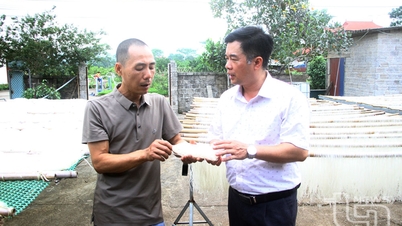

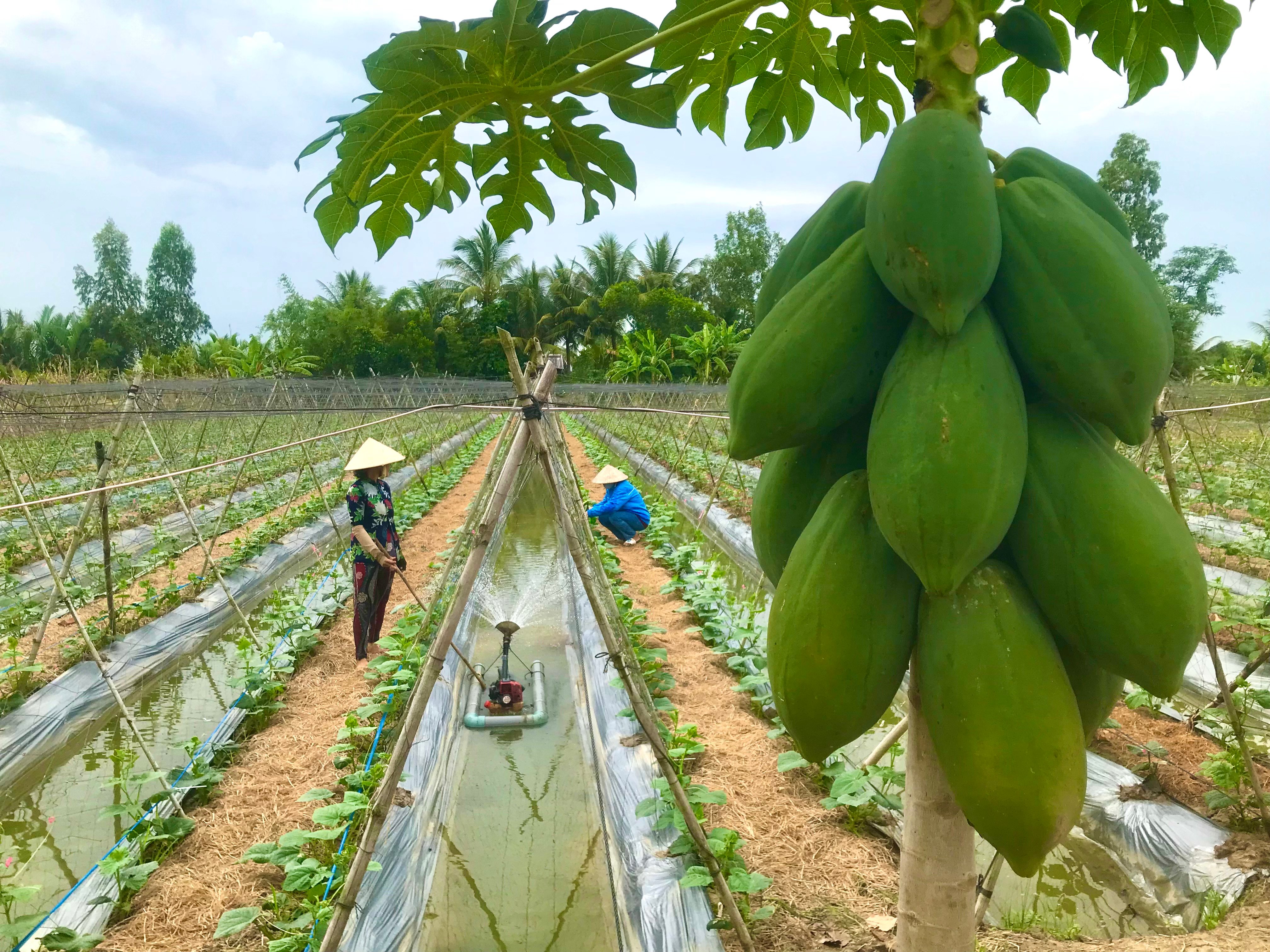
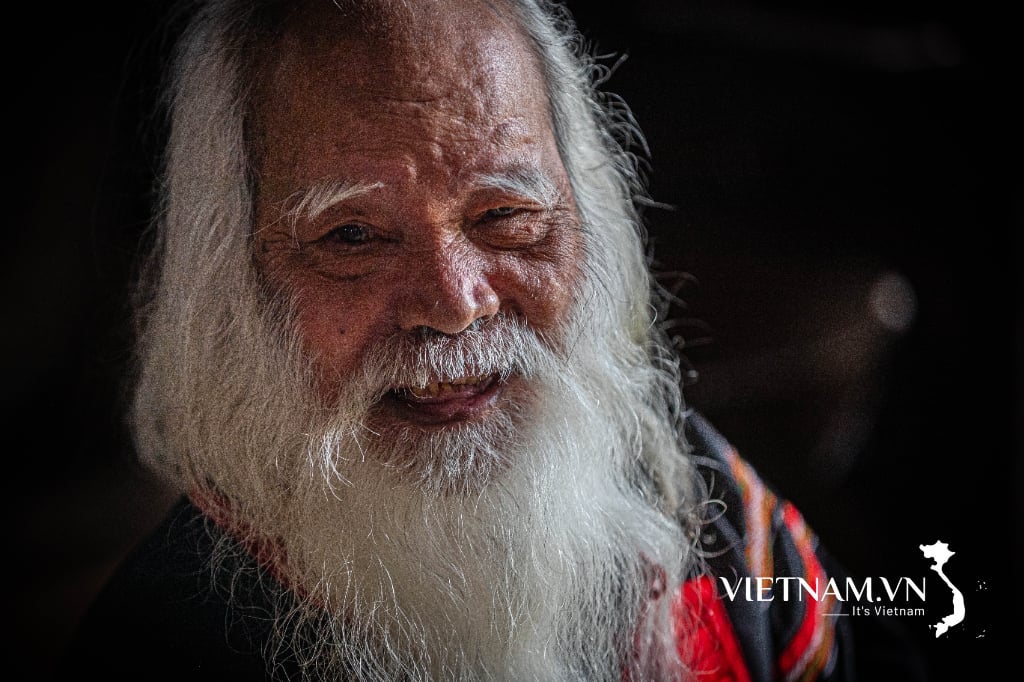
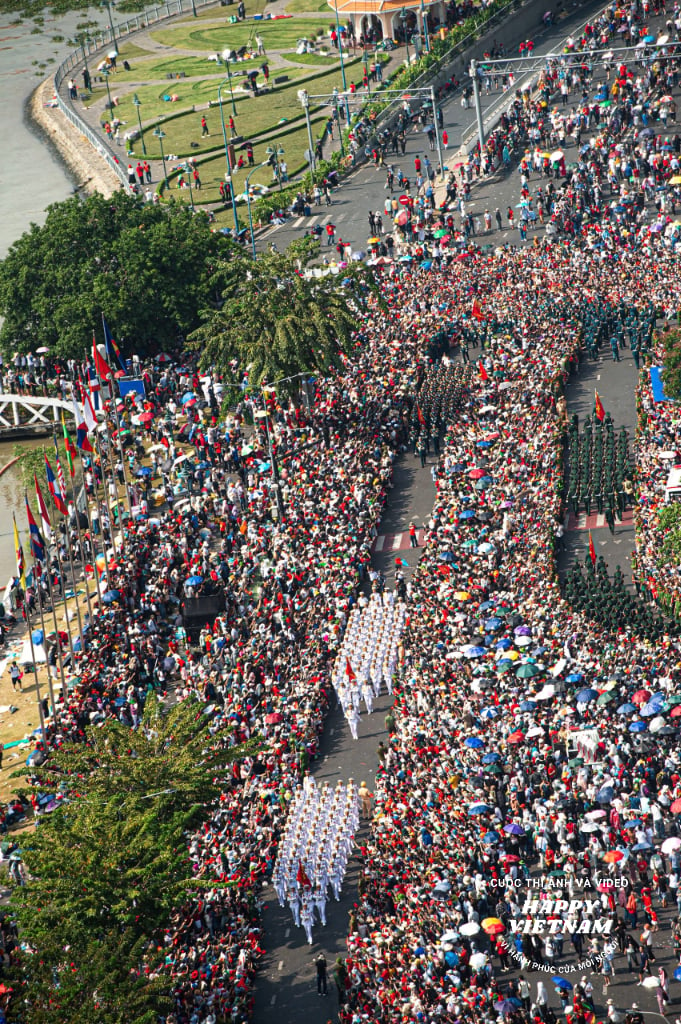
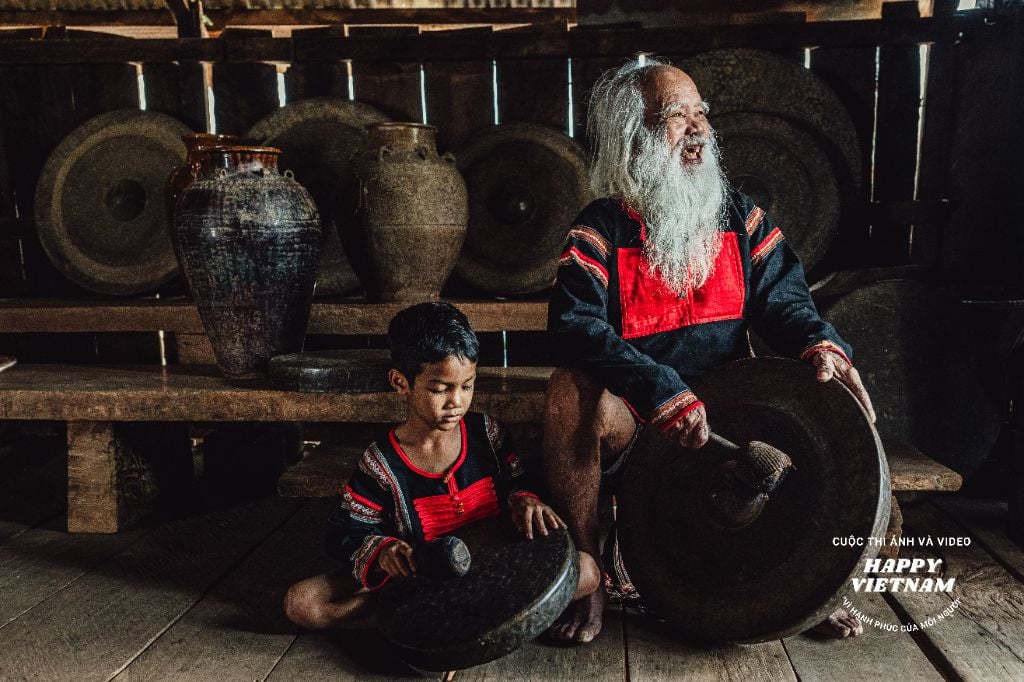
Comment (0)